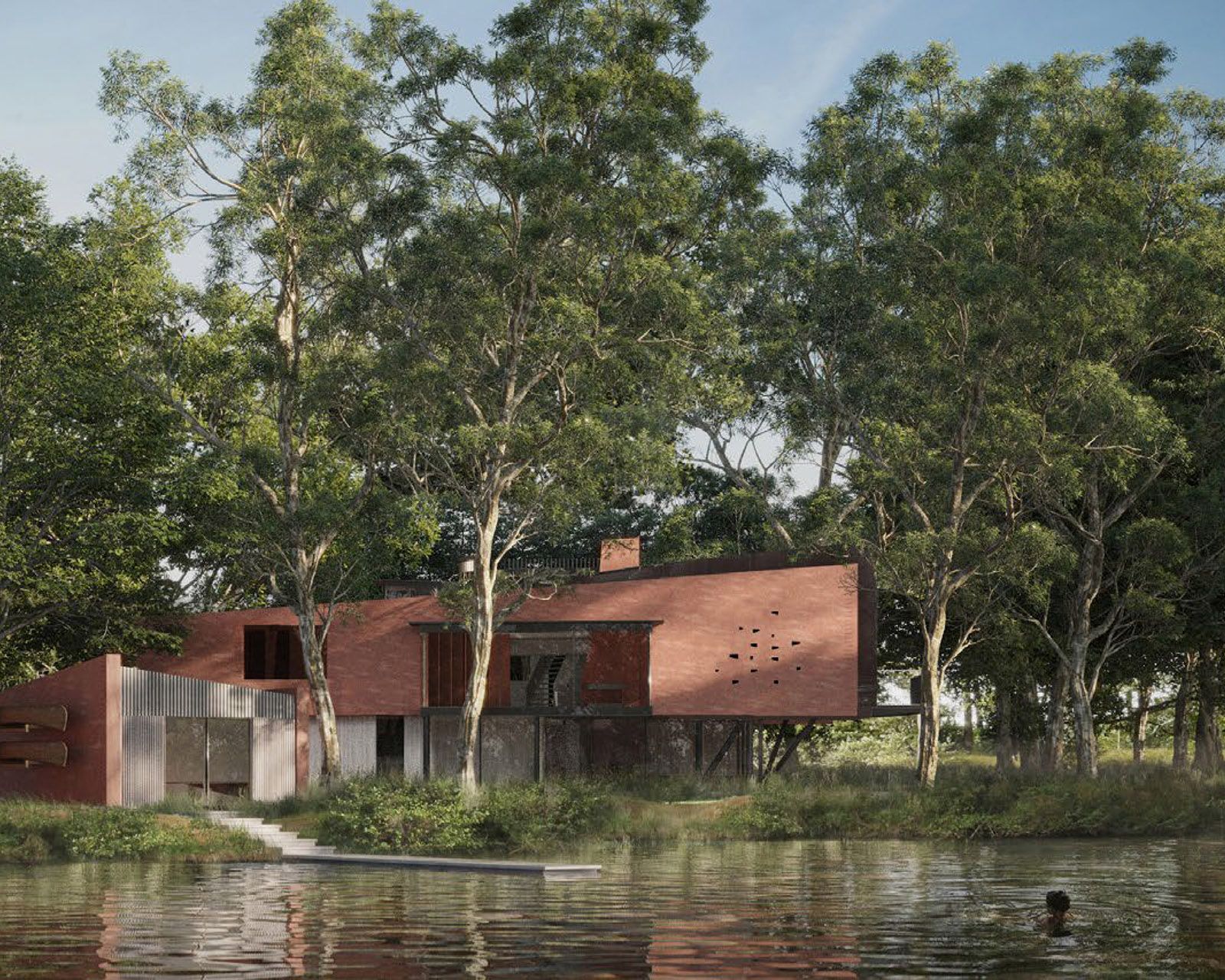A summer of strategic planning changes
By James Ellis | 06.08.24
With a consultation of the National Planning Policy Framework (NPPF) currently underway, Planning Director, James Ellis sheds light on the key changes that might affect rural landowners and developers.

Rarely has planning made headline news to the same degree as it did in late July, with the new government releasing details of a suite of proposed planning changes which could impact rural landowners in many ways.
The most notable change is the release of a consultation on an updated NPPF. Key headlines from the proposed changes include:
Meeting housing need
A huge focus is on meeting the housing needs of an area. All local councils will be required to meet the housing needs for their area in local plans unless there are very strong reasons not to do so.
Changes in the way in which housing numbers for a local area are calculated will result in a significant increase in many areas with, in some cases, well above a 100% increase in the current housing amounts required.
An increased housing requirement for local areas will result in a much larger ‘pie’ to be split between cities, towns and rural areas, so rural landowners can expect to have greater prospects of receiving allocations for housing if they engage with the local plan production process in their area.

Changes to green belt and introduction of ‘grey belt’
Changes to the green belt with the proposed introduction of a new classification for land in green belt known as ‘grey belt’.
Grey belt land may include areas that have already been developed, including those sites with or without buildings, such as car parks. The ‘grey belt’ as proposed may also include greenfield sites that don’t contribute to the green belt in any material way, for example, a small area of land surrounded by buildings.
In addition to grey belt, councils will also be required to release green belt land for housing unless there are compelling reasons why this would not be appropriate for the area.
Some of the changes for rural landowners whose land is classified as green belt could be difficult to overstate and advice should be taken on the scope of any changes.

Onshore wind turbines
The new consultation NPPF includes a reversal of what is at present a ‘de facto ban’ on onshore wind turbines, which could create opportunities for many rural landowners.
Local plans encouraged
A message that is explicit in government announcements, and in the proposed changes, is the government’s support and indeed requirement for local councils to produce local plans quickly.
Councils will need to meet the increased development needs of their area and will need both rural and urban sites to do so. It is therefore important for rural landowners to actively engage in local plan consultations and call for sites processes when councils request potential development sites.
Other government announcements
The government has announced several other changes, including:
- The setting up of a ‘New Towns Taskforce’ – this will look at the delivery of new towns of over 10,000 homes.
- The introduction of ‘National Development Management Policies’ – this will standardise policies across the country where no bespoke, local policy approach is required, to make it easier to create local plans and prepare planning applications.
- Changes to ‘modernise’ Planning Committees – greater importance is to be placed on the recommendations of Officers, and a clear intimation that the repeated refusal of planning applications at Planning Committees on political grounds will not be accepted.

Watch this space
There is much for the Planning Team and colleagues at Rural Solutions to consider, respond to and factor into client advice. Working across the country with a huge range of different local councils we realise the potential significant benefits to rural landowners from taking a strategic approach to engaging with the planning system.
The proposed changes to the NPPF are largely strategic, but some, such as increasing housing amounts for an area, may potentially create ‘trickle-down’ benefits for rural landowners.
There could be more explicit support for rural landowners in the final document, including for those undertaking a farm diversification project or a small rural housing scheme.
Rural Solutions will be reviewing and responding to the NPPF consultation later this summer, before the end of September deadline. If you have any points to discuss or feedback, please do get in touch by emailing james.ellis@ruralsolutions.co.uk or speaking to a member of our team.
We are using cookies to give you the best experience on our website. You can find out more about which cookies we are using on our cookie policy.


